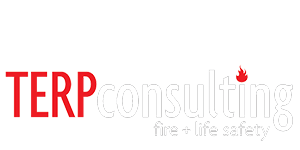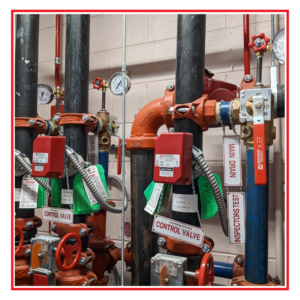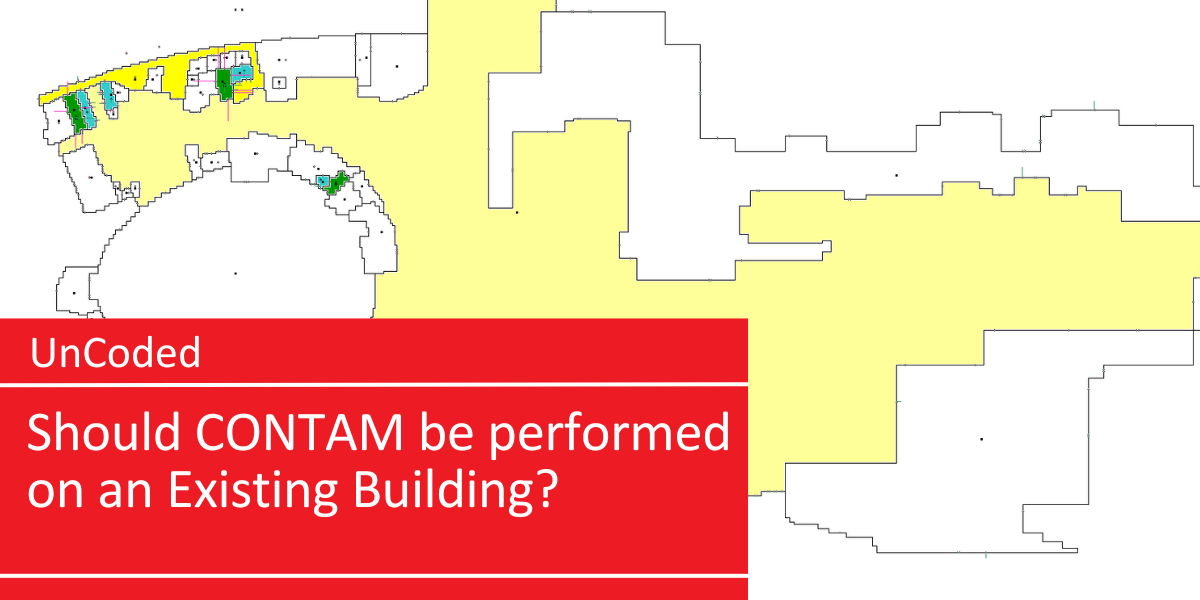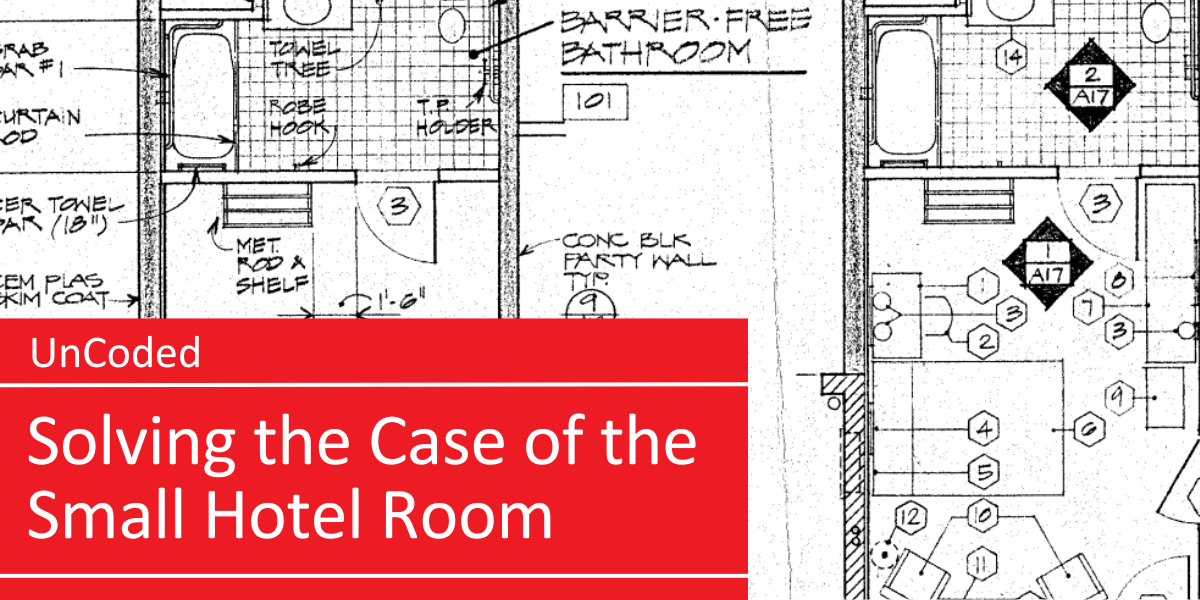When is Seismic Bracing Required to Earthquake-proof Your Building?
About This Project
by Randy Day, PE
Many fire protection engineers are tasked with designing and specifying sprinkler and fire alarm systems, but not many have dealt with seismic design. Seismic bracing is required to earthquake-proof a sprinkler and fire alarm design when the building in which it’s installed is in a seismic zone or an area with a high risk of earthquakes.
The specific requirements for seismic bracing depend on local building codes and regulations, as well as the specific characteristics of the building and the sprinkler and fire alarm systems. This article summarizes the application of the IBC, ASCE 7, and NFPA 13 or NFPA 72 to determine the extent of seismic protections required on a project. (Author’s note: not all requirements are included.)
THE INTERNATIONAL BUILDING CODE
The 2021 edition of the International Building Code (IBC) provides structural requirements in Chapter 16. IBC Section 1613.1 states that EVERY structure including nonstructural components which are permanently attached to structures, such as sprinkler or fire alarm systems, shall be designed and constructed to resist the effects of earthquakes per ASCE 7 (2016 edition). The level of protection required is determined by the Seismic Design Category, which is derived from several factors, including the Risk Category.
A building’s Risk Category is assigned per IBC Table 1604.5 and is proportional to the building’s hazard to human life in the case of a structural failure. Mixed-use structures will have their Risk Category assigned based on the worst-case use present. Below is a summary of each Risk Category with select examples:
Once the Risk Category has been assigned, the Seismic Design Category can be determined based on IBC Tables 1613.2.5(1) and (2). These Tables are weighted by the Risk Category and is dependent on select geological factors representative of seismic activity. This process can be simplified by using digital alternatives, such as the ASCE 7 Hazard Tool, which is directly maintained by ASCE online at https://asce7hazardtool.online/.
ASCE 7
 ASCE 7, Minimum Design Loads and Associated Criteria for Buildings and Other Structures, is the IBC’s reference standard for earthquake protections. Depending on the building’s Seismic Design Category, which increases in significance from A to D, proportional design requirements exist within ASCE 7. As stated previously, seismic protections must be provided for all systems unless exempted by ASCE 7.
ASCE 7, Minimum Design Loads and Associated Criteria for Buildings and Other Structures, is the IBC’s reference standard for earthquake protections. Depending on the building’s Seismic Design Category, which increases in significance from A to D, proportional design requirements exist within ASCE 7. As stated previously, seismic protections must be provided for all systems unless exempted by ASCE 7.
Sprinkler and fire alarm systems are recognized within ASCE 7 as nonstructural mechanical and electrical components, respectively. Due to their intended life safety function, they are granted an elevated importance factor which impacts requirements surrounding their design.
Buildings designated Seismic Design Category A and B are both wholly exempt from seismic design requirements for sprinkler and fire alarm systems; reference ASCE 7 Section 11.7 and ASCE 7 Section 13.1.4 Exemption 4. Buildings designated Seismic Design Category C and D are generally required to provide seismic protections for both sprinkler and fire alarm systems.
For Seismic Design Category C and D, components weighing 20 lbs. or less or distributed systems weighing 5 lb./ft. or less do not require seismic protection. For Seismic Design Category D, the exemption criteria remain the same with one additional condition for distributed systems: conduit 2.5” or larger requires seismic protection per ASCE 7 Section 13.6.5.
NFPA 13 AND NFPA 72
NFPA 13 (2019 edition) contains seismic protection requirements for sprinkler systems in Chapter 17. It is important to note that compliance with both ASCE 7 and NFPA 13 is not required. Per ASCE 7 Section 13.6.7.2, sprinkler systems designed and constructed in accordance with NFPA 13 are recognized as meeting the seismic design requirements of ASCE 7. NFPA 13 enforces a simplified version of the requirements found in ASCE 7 based on a set of technical assumptions. This process is described in NFPA 13 Annex E, Development of the Design Approach to Conform with ASCE 7.
 While certain portions of water-filled pipe in sprinkler piping systems, such as branch piping, may weigh less than 5 lb./ft., they are generally still provided with seismic restraint by NFPA 13 Section 18.6. Seismic restraint is not engineered to resist a particular seismic load, but still ensures that earthquake motions will not whip branch piping and damage larger and heavier cross main piping.
While certain portions of water-filled pipe in sprinkler piping systems, such as branch piping, may weigh less than 5 lb./ft., they are generally still provided with seismic restraint by NFPA 13 Section 18.6. Seismic restraint is not engineered to resist a particular seismic load, but still ensures that earthquake motions will not whip branch piping and damage larger and heavier cross main piping.
NFPA 72 (2019 edition) does not detail its own seismic criteria and therefore compliance with ASCE 7 is required. Horizontal design forces are designated in ASCE 7 Section 13.3. While most fire alarm components, such as speakers, strobes, smoke detectors, and conduit are exempt from seismic design requirements based on their weight, larger components like control panels or power supply cabinets often exceed the 20 lb. ASCE 7 weight threshold. The manufacturers of these components generally offer a seismic mounting kit which satisfies the requirements of IBC and ASCE 7.
In summary, the specific requirements for seismic bracing required to prevent sprinkler and fire alarm systems from being damaged or disrupted during an earthquake will depend on local codes and regulations, as well as the characteristics of the building and systems in question.
Randy Day, PE, is a fire protection engineer at TERPconsulting where he develops solutions for fire protection and life safety issues and is responsible for lead technical tasks and quality control, plan review, and developing alternative means and methods.
Legal Disclaimer: All information contained in this article is made available for informational purposes only and should not be construed as professional, engineering, financial, real estate, tax, or any other advice and reflect only the personal opinions of the author of the article. The use of any information in this article for any purpose will be at the reader’s sole risk and without liability to TERPconsulting or the author of the article. TERPconsulting does not represent or warrant that the information contained in this article is accurate as of any particular date and notes that rules, regulations, codes, and procedures are constantly changing and evolving. TERPconsulting undertakes no obligation to confirm the accuracy or completeness of this information as of any particular date and additionally makes no representation that this information will be up to date as of the date you are reading it. You acknowledge and agree that there is no substitute for consultation with a licensed professional in your jurisdiction that can take into consideration all relevant facts and circumstances for your specific needs and understand that no professional-client relationship exists between you and TERPconsulting without signing all of our onboarding materials and agreements. All regulatory and governing bodies having jurisdiction over a particular matter should be consulted prior to undertaking any activities and to ensure that all applicable and up-to-date rules, regulations, codes, and procedures are being followed.








